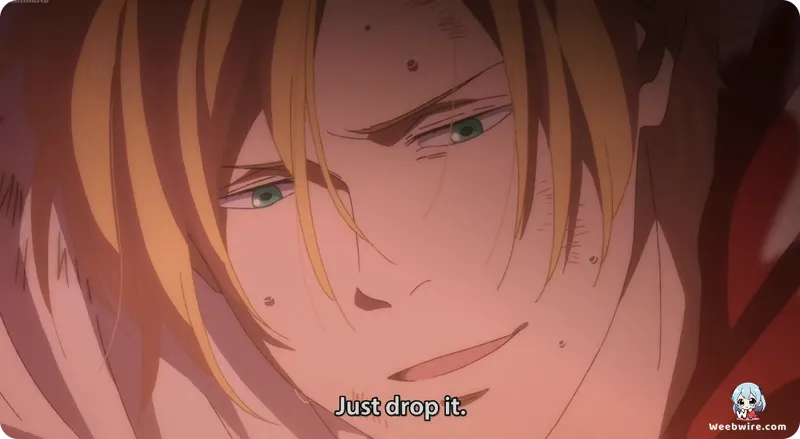Beyond the Crime: Unpacking the Literary Allusions and Shojo Roots That Define the BANANA FISH Masterpiece

Studio MAPPA's 2018 adaptation cemented BANANA FISH as a cornerstone of modern anime. However, the series possesses a complex lineage rooted deeply in American literature and groundbreaking Japanese manga demographics. Creator Akimi Yoshida's work is far more intricate than its identity as a visceral crime thriller set against the backdrop of 1980s or modernized 2010s New York City. It is laden with intentional literary allusions and revolutionary genre choices that warrant closer examination.
The Literary Allusion of the Title
The most compelling detail centers on the enigmatic title itself: BANANA FISH. This is not merely an evocative name; it functions as a direct, philosophical reference to J.D. Salinger’s 1948 short story, A Perfect Day for Bananafish. Salinger’s narrative describes the mythical "banana fish," a creature that swims into a hole, consumes so many bananas that it becomes too large to exit, and subsequently perishes.
This dark fable serves as a devastating psychological mirror for the series' tormented protagonist, Ash Lynx. Like the referenced fish, Ash internalized excessive darkness, corruption, and crushing responsibility imposed upon him since childhood. This internal paralysis prevents him from truly accepting the freedom offered by Eiji Okumura, tragically sealing his destiny within the criminal underworld. This Salinger connection is essential for understanding Ash’s tragic trajectory.
The literary connections continue with Ash's full name, Aslan Jade Callenreese, often shortened to 'Ash.' This echoes the nickname given to Seymour Glass by his brother, Buddy Glass, in later Salinger works.

A Revolutionary Shojo Masterpiece
Beyond its literary heritage, BANANA FISH occupies a revolutionary position in manga history. Despite featuring raw violence, intense action sequences, and high-stakes political intrigue, the original manga was serialized in Bessatsu Shōjo Comic, a Japanese shojo (girl’s) magazine, from 1985 to 1994. This serialization choice was groundbreaking.
Traditional shojo typically focused on romance, slice-of-life, or fantasy themes. Yoshida successfully transcended these genre limitations, demonstrating that mature, hard-boiled narratives with universal appeal could flourish within the shojo demographic. This historical context is vital, as it accounts for the series’ profound emphasis on emotional vulnerability, psychological depth, and the intense, life-altering bond between Ash and Eiji, which endures despite the organized crime and bloodshed. It functions fundamentally as a crime epic viewed through the heightened emotional sensitivity characteristic of shojo storytelling.
The Challenge of Temporal Modernization
MAPPA’s production faced a significant challenge regarding temporal modernization. The original narrative was intrinsically tied to the 1980s. To ensure accessibility for contemporary viewers, the studio intentionally shifted the setting to the 2010s, integrating smartphones, modern technology, and updated logistics. While this provided immediacy, it required careful balancing.
MAPPA needed to retain the core, 1980s-rooted power structures, such as the Mafia hierarchy and specific information networks. This resulted in fascinating anachronisms where entrenched criminal traditions visually contrasted with characters utilizing modern devices. The studio’s success lay in preserving the timeless themes of identity, isolation, and the desperate search for refuge. The adaptation culminated in a faithful rendition that honored the original’s dark, definitive ending, thereby securing BANANA FISH's legacy as a groundbreaking shojo action masterpiece for a new generation.
Credits
BANANA FISH
Author
Akimi Yoshida
Cover Art
Akimi Yoshida
Studio
MAPPA
Publisher
Shogakukan
Producers





